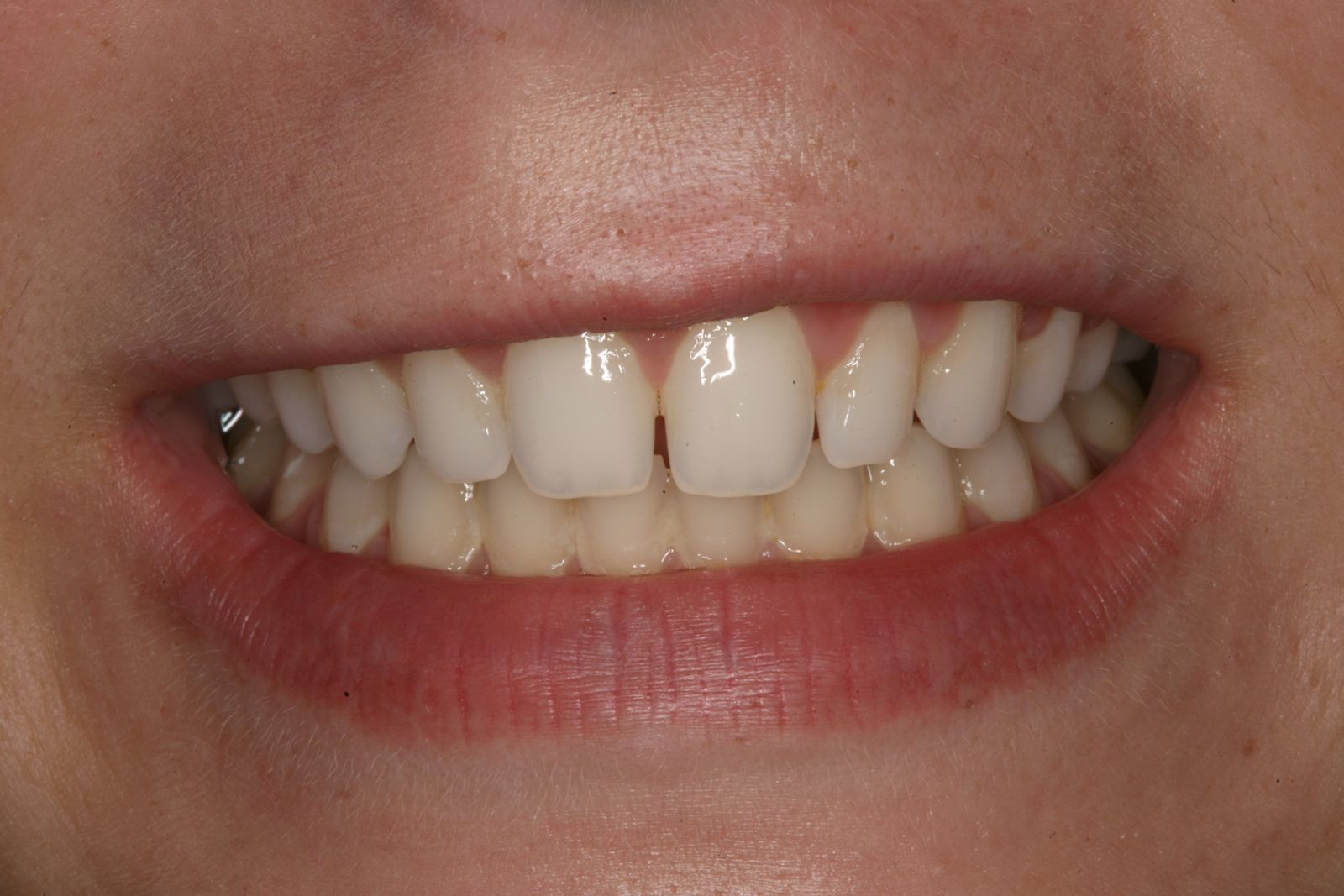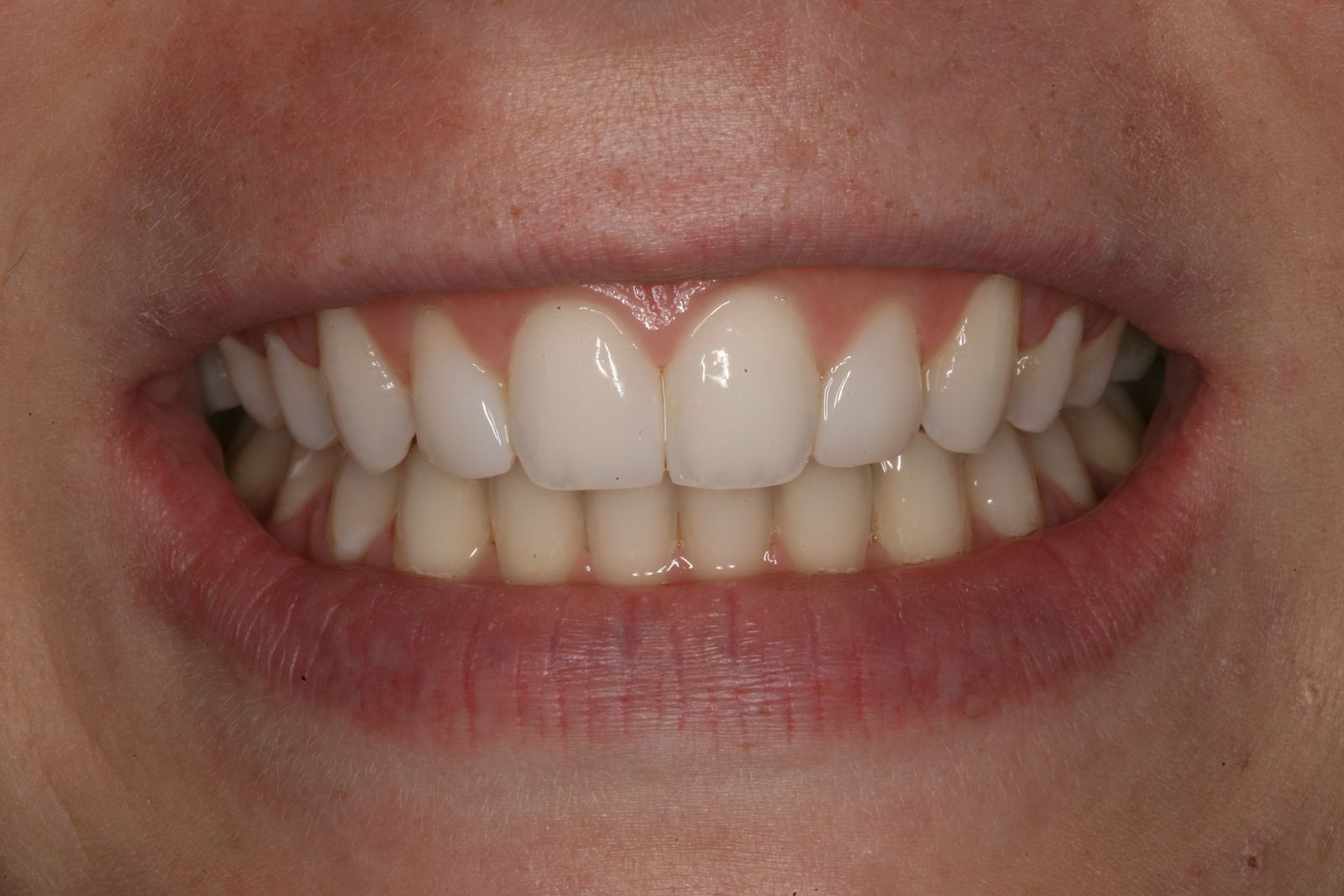Unlocking the Secrets of Seamless Diastema Closure Restorations
Whether you’re tackling your first diastema closure or looking to refine your technique, this on-demand course is your ticket to mastering this critical skill in restorative dentistry.
Dr. Dennis Hartlieb
I’m thrilled to share that we’ll soon be launching an all-new course from Dental Online Training: Diastema Closure with Freehand Composite Bonding. This isn’t just a course about closing gaps—it’s about mastering the art of creating seamless, natural-looking restorations that truly transform smiles.
As restorative dentists, mastering composite resin is absolutely essential for success. Yet, one of the most deceptively challenging techniques we face is the diastema closure.
On the surface, it might seem straightforward, but achieving a flawless restoration that blends perfectly with the natural tooth structure while maintaining periodontal health, requires an intricate understanding of materials, contours, and techniques.
On the surface, it might seem straightforward, but achieving a flawless restoration that blends perfectly with the natural tooth structure while maintaining periodontal health, requires an intricate understanding of materials, contours, and techniques.
Write your awesome label here.
Why Diastema Closure Matters
Diastemas come in all shapes and sizes, from minor gaps to larger spaces caused by tooth fractures or malformed teeth like peg laterals.
Regardless of the case, our goal as dentists is always the same: to deliver restorations that look and feel natural, with smooth contours from subgingival margins to the facial and palatal surfaces.
Regardless of the case, our goal as dentists is always the same: to deliver restorations that look and feel natural, with smooth contours from subgingival margins to the facial and palatal surfaces.
In this course, I’ll walk you through the techniques needed to tackle a variety of diastema cases, including:
- Small gaps that require subtle enhancements.
- Larger diastemas that demand careful attention to contours and material application.
- Complex cases, such as peg lateral incisors, where space management and overall smile design are crucial.


The Art of Seamless Restorations
Creating a seamless restoration is more than just closing a space—it’s about making it look like the gap was never there.
We’ll explore the step-by-step process to ensure your restorations blend effortlessly with the surrounding tooth structure, creating a harmonious, natural smile.
We’ll explore the step-by-step process to ensure your restorations blend effortlessly with the surrounding tooth structure, creating a harmonious, natural smile.
Here are some of the questions we’ll answer in the course:
- How do you ensure composite resin matches the natural tooth structure?
- What materials work best for different types of diastema cases?
- How do you manage contours and transitions to avoid telltale signs of restoration?
- Do you need to prep teeth to close spaces?
A Spotlight on Complex Cases
One of the standout cases we’ll cover is Maya, a patient with peg lateral incisors and altered passive eruption. In situations like these, simply restoring the lateral incisor without addressing the surrounding teeth can result in a smile that feels unbalanced.
Through this course, I’ll show you how to integrate veneering with diastema closure to achieve beautiful, minimally invasive results.
Through this course, I’ll show you how to integrate veneering with diastema closure to achieve beautiful, minimally invasive results.
Write your awesome label here.
What You’ll Gain
By the end of this course, you’ll have the confidence and skills to:
- Approach diastema closures with a clear, systematic method.
- Deliver restorations that enhance your patients’ smiles without compromising the health of their teeth.
- Address complex cases with creativity and precision, giving your patients the beautiful, seamless results they deserve.
How to Join the Course
This on-demand course is included in our basic and premium memberships and it is designed to fit your schedule, with detailed video demonstrations and insights that you can apply immediately in your practice.
Whether you’re tackling your first diastema closure or looking to refine your technique, this course is your ticket to mastering this critical skill in restorative dentistry.
Whether you’re tackling your first diastema closure or looking to refine your technique, this course is your ticket to mastering this critical skill in restorative dentistry.
Ready to take your diastema closures to the next level? Start this course today!
Yours for better dentistry,
Dennis Hartlieb, DDS, AAACD
Co-Founder, Dental Online Training

Our vision is to provide online continuing education workshops and mentorship that are comprehensive for dentists learning at all career levels. DOT is developed for dentists that love to learn online.
CONNECT
Materials Included
Light Brown tints, Enamelize, Unfilled Resin Flexidiscs, Flexibuffs 1/2", #1 artist’s brush, Silicone Polishing Points, IPC Off Angle Short Titanium Coated Composite Instrument
Materials Needed, not Included
- Loupes
Follow along
You are Registered
We’re excited to have you join us! You’ll receive email reminders at with the link to join this event.
If you have any questions in the meantime, feel free to reach out to us at dot@dothandson.com—we’re here to help!
Day 1 (8 - 4 pm CST)
-
Erosion and wear – the why and the how
-
Adding length to teeth – when is it safe
-
Opening VDO to compensate for lost tooth structure – where to begin
-
Records visit and key points you need to understand before you start
-
The smile – the 7 strategic points to consider when evaluating the smile
-
Anterior tooth shape, morphology
-
Clinical case review
-
Upper Putty matrix construction
-
Build lingual incisal wall with putty matrix #6 - #11/ Upper anteriors
-
Full contour build-up #6, #7, #8, #9, #10, #11, shape and polish/ Upper anteriors
Day 2 (8 - 2 pm CST)
-
Who – which patients are candidates
-
Why – explaining to patients the value of the prototype
-
How – step-by-step techniques to maximize predictability, efficiency and success
-
Getting to Yes: conversations with patients about esthetic and reconstructive dentistry
-
The ‘Smile Preview’ – techniques to show the possibilities
-
Lower Putty matrix construction
-
Build lingual incisal wall with putty matrix #22 - #27 / lower anteriors
-
Build-up #22 - #27, shape and polish / lower anteriors
-
Build-up lower occlusal posteriors
-
Demonstration of Smile Preview
Upcoming Virtual Workshops
Write your awesome label here.
December 11 & 12, 2025
CPR for the Worn Dentition (16 CE)
Write your awesome label here.
January 29-30, 2026
Porcelain Veneer Cementation Workshop (14 CE)
Write your awesome label here.
March 27, 2026
Esthetic and Functional Success for Diastema Closure (8 CE)
Write your awesome label here.
May 15, 2026
From Break to Beautiful: Flawless Class IV Resin Restorations (8 CE)
Write your awesome label here.
June 19, 2026
Mastering Intraoral Scanners and Digital Workflow for the Dental Team (4 CE)
Write your awesome label here.
September 25, 2026
Veneering the Dark Central Incisor - Conservative Direct and Indirect Restorative Strategies (8 CE)
Write your awesome label here.
October 30, 2026
Our Next Big Reveal – Details Coming Soon!
Write your awesome label here.
December 11, 2026
Injection Molding Workshop (8 CE)
Write your awesome label here.
Study Club
Join five in-depth virtual meetings held on Thursday evenings throughout the year. Engage in detailed case presentations, discuss curated research articles, and exchange valuable tips with fellow dentists.
-
01/22/2026
-
04/09/2026
-
06/11/2026
-
10/15/2026
-
12/10/2026
Write your awesome label here.
Coffee & Donuts
Kickstart your Friday mornings with informal sessions and discuss patient treatments, practice management, and receive feedback on your cases.
-
01/16/2026
-
02/13/2026
-
03/20/2026
-
04/10/2026
-
05/08/2026
-
06/05/2026
-
08/21/2026
-
10/09/2026
-
11/20/2026
-
12/10/2026
Popular On-Demand Courses
Write your awesome label here.
Injection Moulding Techniques (3 CE)
Simple, predictable, systematic foundation for you to start your journey with injection moulding
Write your awesome label here.
Advanced Techniques in Composite Veneers (6 CE)
Take control of aesthetic cases in your practice, whether you are enhancing smiles with direct resin veneers or creating provisional restorations for indirect cases.
Write your awesome label here.
A Realistic Perspective on Occlusal Appliances (3 CE)
Learn how to design, fabricate, and manage occlusal appliances with confidence through practical guidance and real clinical case examples.
Write your awesome label here.
Bicuspid Veneer and V-Onlay Preparation (3 CE)
Gain expertise in ‘prep-less’ veneers, buccal cusp reduction, and margin placement methods to enhance your clinical outcomes.
Write your awesome label here.
Class IV Composite Restoration – Polychromatic Approach (3 CE)
This on-demand course covers material selection and advanced layering techniques to help you create natural-looking, long-lasting restorations that set you apart.
Write your awesome label here.
EXOCAD: Foundation (2 CE)
Gain the skills to confidently navigate Exocad, build patient cases, and streamline your workflow using time-saving techniques and presets.
Write your awesome label here.
Class II Direct Resin (3 CE)
Master a reliable approach to Class II restorations by learning how to create ideal proximal contacts that enhance both the strength and aesthetics of your work.
